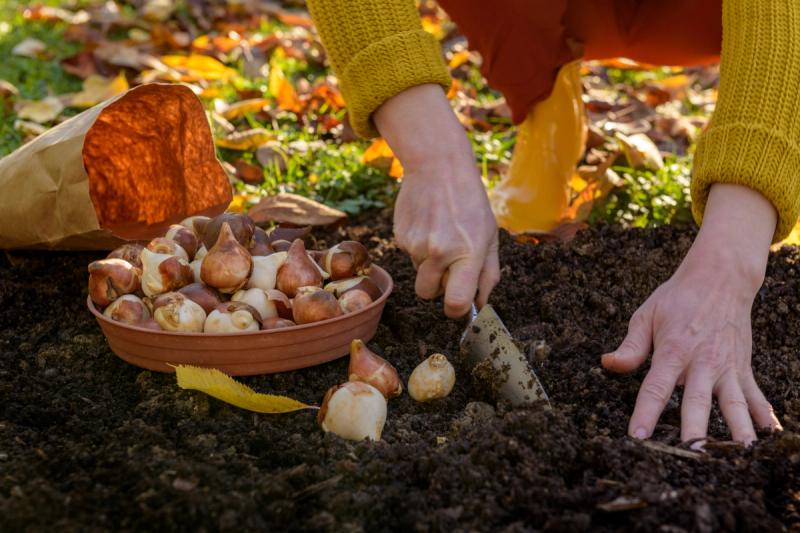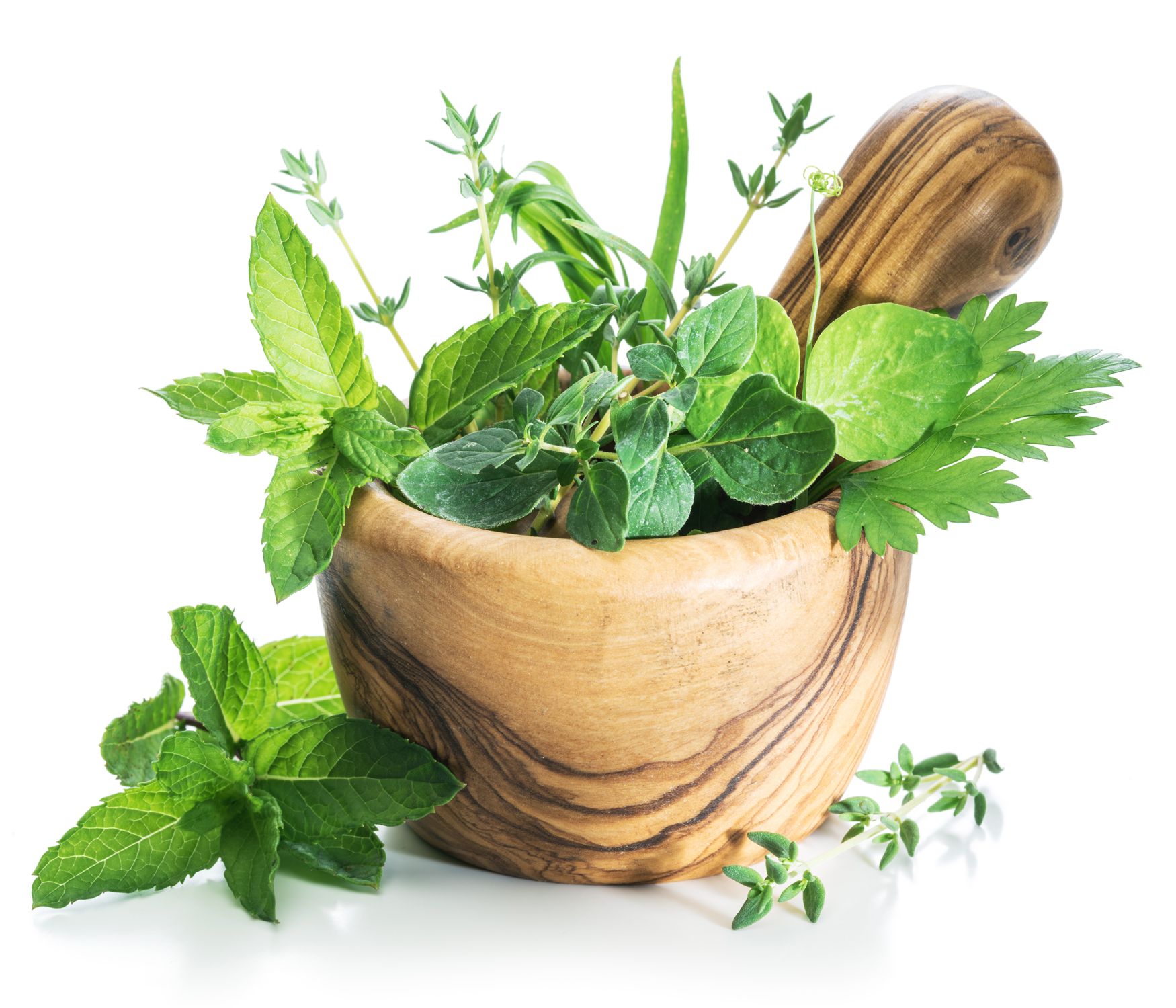How to Wrap Up Your Gardening Season and Prepare for Winter
Fall Garden Prep


As autumn arrives, the landscape transforms into a breathtaking palette of reds, oranges and yellows, painting a picturesque scene that beckons admiration. Amidst this natural splendor, the importance of fall cleanup becomes evident for any garden enthusiast. Raking leaves, digging up perennials and preparing the soil for winter are essential tasks that ensure the garden remains healthy.
These activities enhance the yard's immediate beauty and lay the groundwork for a flourishing garden in the coming seasons.
Fall cleanup has its advantages over summer gardening. There aren’t as many pests to deal with and tucking in your garden gives you a good reason to be outside. Most garden clean-up tasks need to take place before the first frost.
Frost dates are probabilities based on the temperature records for a given area over 30 years, from 1951 to 1980. The information is readily available; typically, the first frost doesn’t happen in some zones until late fall. Dahlias are a great example of flowers left in the ground until right before your first frost. You can check out the dates for your zone in the Farmers Almanac.
Assessment and Planning
Fall chores may seem endless, but as you survey your garden in late autumn, you'll begin to see what thrived, what faltered and why. Late fall is the perfect time to tidy up your garden while also jotting down notes in your garden journal, capturing insights and ideas for next year's improvements.
What has your garden taught you? The effects of nature on our gardens should be embraced, as there are always lessons to be learned.
- October is a great time to observe: Fall is the time for making notes! Keeping a list of whether your greens did great or your beets needed more sun are a few items worth noting.
- Jot notes in your journal: Keep a simple garden journal that includes planting dates, varieties and soil amendments used — record growing conditions, weather and rainfall amounts.
- Plant a few flower bulbs to add color later: Calm the urge to plant by tucking in a few. Daffodils, tulips and crocuses can be planted to add a little color in early spring.
Put Your Garden to Bed With a Checklist
Key fall gardening tasks include dividing perennials, controlling pests, planting overwintering vegetables and caring for the soil. These preparations enhance plant health and spring growth, resulting in a more organized and beautiful garden year-round. Late fall is time for a tuck-in-the-beds checklist.
Fall tasks can include digging tender perennials such as dahlias, caladiums and cannas, and storing them over the winter. Heather Stoven, Oregon State University’s extension horticulturist of Yamhill County, told AcreageLife that perennials that bloom in spring and summer should be divided in the fall when they are no longer blooming.
“Before digging, water the soil where the plant is and where you plan to plant the divisions. It is recommended to divide these on a cooler day so the divisions are not stressed. Make sure the soil doesn’t dry after planting and water as needed,” she said.
Divide perennials that bloom in spring and summer. Record which perennials are divided and where they are stored.
Check plants for pests and disease, remove all infected foliage and debris.
Plant some vegetables that will overwinter in the garden like spinach, peas, fava beans, spring cabbage or swiss chard.
Harvest all the garden vegetables you forgot about.
Pull dead or dying annuals and clean beds of debris.
Plant bulbs, garlic and rhubarb for early spring growth.
Protect bulbs from scavengers and squirrels using mulch or netting.
Prune perennials and woody bushes for better spring growth.
Plant trees and shrubs up until frost.
Check the soil and make any necessary soil amelioration. Depending on the soil, add fertilizer, compost or bone meal.
Bring houseplants and herbs indoors, these include chives, mint, parsley, oregano, thyme and basil.
Mound soil or mulch around roses to protect them.
Start a compost pile.
Clean your garden tools.

Amendments such as sulfur or lime can be added in fall to adjust pH if it is too low or high for the plants in your garden,” Stoven said.
Depending on your climate and if soil tests deem fertilization necessary, fertilizers can be added in the early fall for some plants. “For example, in southern climates where warm season grasses are grown, lawns are best fertilized (especially if using nitrogen) in the spring, but in northern climates with cool season grasses, fertilizer can be added in early fall to strengthen the root system,” she added.
Plant Care and Pests
Being familiar with your plants is helpful when you’re on the lookout for insects. “If you regularly look over your plants, you can spot when something doesn’t look right due to a pest or other reason. Sometimes pests are obvious, like chewing insects that cause holes, but sometimes the pests may be feeding on roots (and causing the plant to look sickly or wilted) or the insects could be hard to see due to their small size, such as mites.”
Mites can be problematic late in the summer into early fall since they like hot, dry and dusty conditions. These pests can cause yellowed foliage and often leave webbing. Pests such as slugs and aphids can be commonly seen later in fall as the weather cools.
“If you notice a plant is looking unthrifty, inspect the plant closer looking at the crown, the leaves and maybe even roots, if necessary. Remember that some pests, such as slugs, can be cryptic, hiding during the day and feeding at dawn or dusk. Small pest infestations caught early can be picked off plants, squished or even sprayed with water. As plants go dormant into winter, the insects typically do the same. However, they will reappear in the spring,” Stoven said.
Fall is generally a major clean-up time for leaves and dormant perennials. However, in many situations, leaves can be left for insect and wildlife habitat in landscape beds until spring.
In addition, perennials that have died back for the season can also provide habitat and be left over the winter. Hollow stems, for example, can provide native bee nesting habitat during the next growing season. It is best to rake or chop leaves with a mower in lawns, especially in areas where the leaves can sit and smother the lawn due to wet or snowy winters.
Stoven also recommends planting trees and shrubs or transplanting perennials. In vegetable gardens, planting a cover crop can suppress weeds, add organic matter and increase soil fertility.
Tags:Garden & Landscape

Acreage Life is part of the Catalyst Communications Network publication family.
















